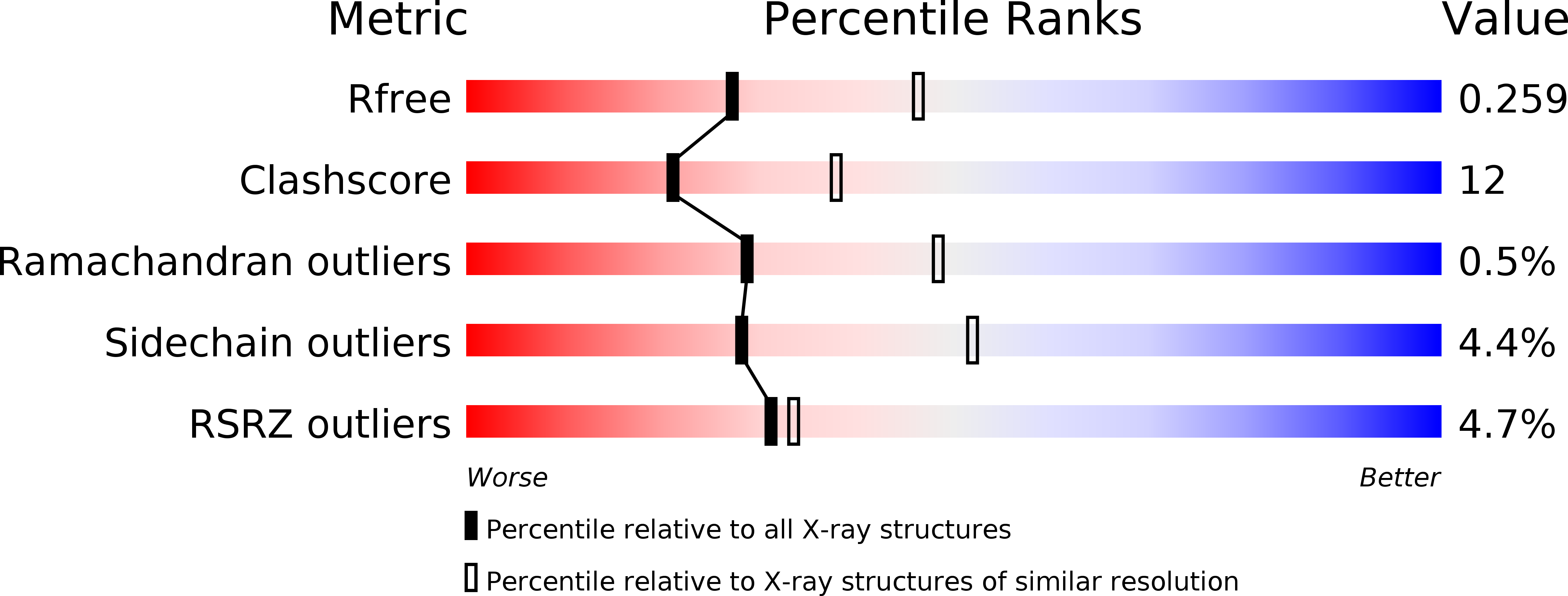
Deposition Date
2004-02-09
Release Date
2005-03-29
Last Version Date
2024-11-13
Entry Detail
PDB ID:
1SAZ
Keywords:
Title:
Membership in the ASKHA Superfamily: Enzymological Properties and Crystal Structure of Butyrate Kinase 2 from Thermotoga maritima
Biological Source:
Source Organism:
Thermotoga maritima (Taxon ID: 2336)
Host Organism:
Method Details:
Experimental Method:
Resolution:
2.50 Å
R-Value Free:
0.26
R-Value Work:
0.21
Space Group:
I 4 2 2


